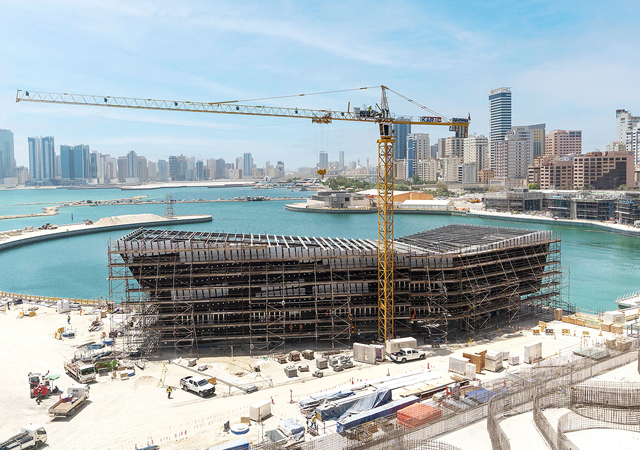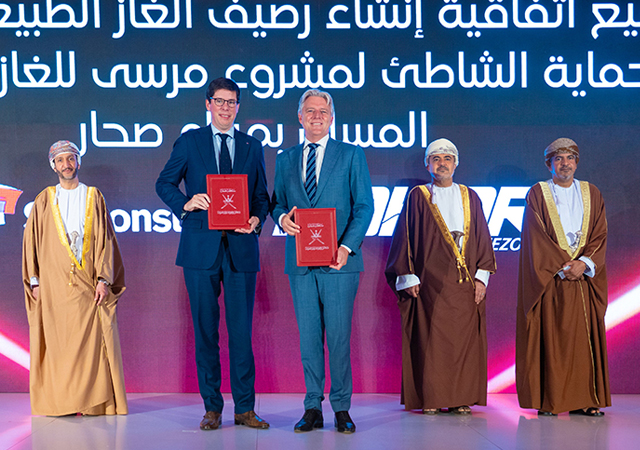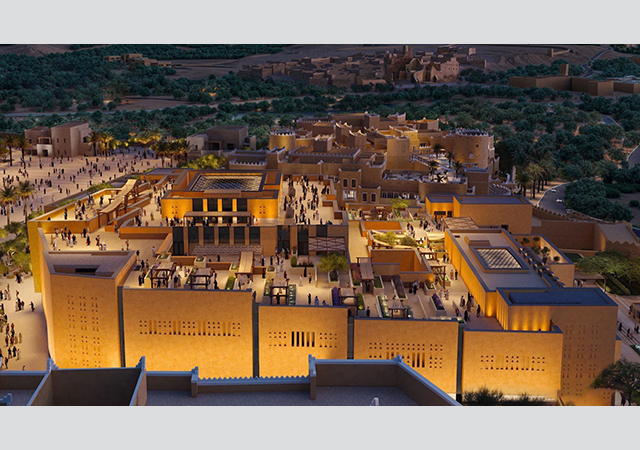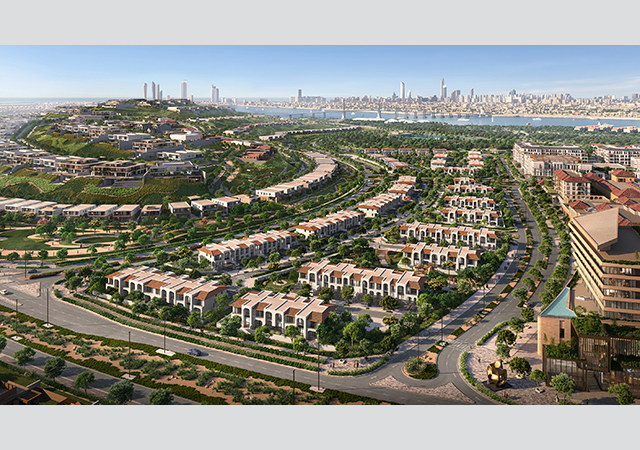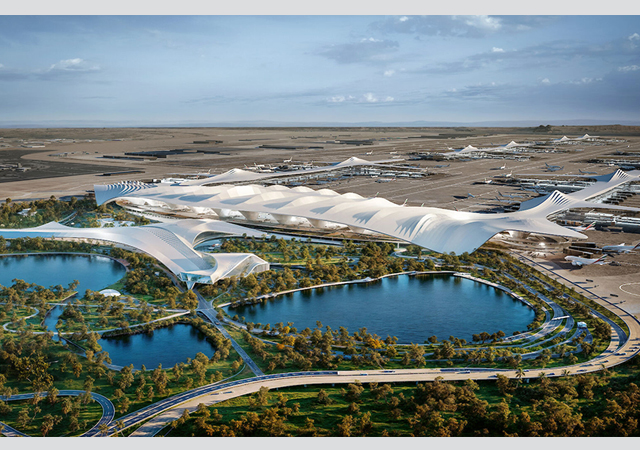
 Screenshots of the PPL ... cloud technology.
Screenshots of the PPL ... cloud technology.
LEADING German formwork specialist Paschal-Werk will be at Saudi Build enlightening visitors on how to take formwork planning to new heights with the latest version of the Paschal Plan light (PPL).
A new cloud-capable version of the formwork software, which is being used by many construction companies and construction machinery traders, has recently been created by planitec, the IT service provider for the building sector.
The new version – PPL in its version 10.0 – will be promoted alongside Paschal’s extensive range of formwork solutions at the Riyadh exhibition. The software has been developed using Java technology and is hence usable for almost all operating systems and can naturally also be used via the Internet.
“A significant advantage of cloud computing is certainly that the user does not have to purchase expensive server hardware, software licences and data protection concepts. This is already provided in the Cloud by specialised companies,” says Frank Gerigk of Paschal. “The user only pays if he uses those services.”
PPL 10.0, which was launched on the market in April this year, surpasses some limitations for the first time, penetrating service areas which were previously only possible using AutoCAD and other professional systems, he points out.
 |
PPL is easy to use, almost totally self-explanatory and can be installed on any modern PC.
Elaborating on the software, Gerigk says: “Among the most important preparation tasks for construction sites – irrespective of their size – is the work planning process. This may already determine if the project will be a success or not. The layout is easy to enter and while this is being cast, the PPL 10.0 automatically generates a material list. If several phases are envisaged, then the existing formwork material is simply taken over. Formwork surface, weight, concrete volume and forming times are also calculated automatically.”
He adds that if work planning is done and not neglected due to cost issues or lack of time, then its economic success can be assured since no work runs smoother than its planning allows. “An essential share in the preparation work for the shell is the planning of the use of formwork and shoring.”
The efficient use of all resources also means that in terms of safety, formwork and phase planning and construction progress, only so much formwork (including accessories), must be stored on the building site as is needed. Exact material provision, organised formwork storage on the site, minimisation of transport routes and the total elimination of down-time due to unnecessary routes – which are always incurred if there is no proper planning – all help in perfecting the process, he says.
The PPL software allows all procedures to be executed quickly for all kinds of formwork such as wall, circular, slab and polygonal formwork. The result is always detailed planning documents, including all required lists for the construction site, the storage or accounting. Staff on the construction site can immediately start with the formwork, he points out.
“The process starts by entering the layout to cast. The dimensions for length, wall thickness and wall height are entered with the click of a mouse, and PPL will set the measuring lines automatically. The size of the layout or its degree of difficulty does not matter, as all layout shapes can be entered easily. If the relevant layout is already available on a data carrier, then it can be imported simply via an available interface. Depending on the size of the project, the layout can then also be split into different phases. Different wall heights, thicknesses or offsets in height are no problem,” Gerigk explains.
After entering or importing the layout, the program will create the formwork plan fully automatically, showing all required formwork elements in it. At the same time, a piece or material list is created which lists all required components, right down to the smallest accessory with the required number of units. Sections and views of all wall surfaces can be displayed at a simple push of the button. The display depth of the formwork plan is determined by the user, who is able to print everything either in colour or in black/white.
Innovations
The innovations for the PPL 10.0 are so diverse that they are tantamount to a quantum leap in technology, he says:
• Java technology has been used for the first time in PPL 10.0, thus making it independent from platforms and can be used on the PC or Mac, with Windows, Linux, Unix or OS X;
• There is a local as well as a web-based version, which can be purchased or rented (that is, for use in the cloud);
• Clients can now use several formwork systems at the same time and combine them with each other, for instance, a circular formwork with a wall formwork. Earlier, only one formwork system was possible with PPL;
• Earlier, material management used to be static. But now, if returns from a completed construction site occur whilst another project is still ongoing, then the formwork plans can quickly be adjusted to the new planning situation;
• The views can now also be displayed in 3D. This was previously only possible with formwork software supported by AutoCad or other CAD-programs, for example, Paschal Plan pro, which was developed purely for planning bureaus; and
• Slopes can now also be incorporated into the layouts – which makes gable walls possible.
Modular structure
PPL 10.0 consists of two different modules, which can be used individually. The first one is the formwork planning software described above and called Design. The second module is Warehouse, which manages the material of complete builder’s yards (formwork, building machinery, accessories, etc) ranging from a formwork park of a small construction company up to municipal authorities to larger medium-sized companies.
PPL can also handle the entire material management of a construction site – delivery, returns and inventory control.
PPL 10.0 thus enables users to perform two large steps at the same time. “The formwork plans are now even better, clearer and more adjustable whilst still maintaining their ease of use. Furthermore, there is the addition of complete material management for the builder’s yard and individual construction sites,” says Gerigk.
The Paschal Group is an international specialist in concrete formwork, support systems and formwork planning software.
It offers a wide range of products including systems for modern wall, slab and support formwork, custom formwork, climbing and platform systems, support structures and bracings, as well as specialised software systems for planning, organisation and management of concrete construction. It products can be found in more than 60 countries.
As for its services, these include a comprehensive spectrum for concrete construction based on 47 years of experience and range from the development and production of high-performance formwork and support systems through to worldwide sales and right through to reliable product and customer support.
From its headquarters in Steinach, the company operates four branches and a service centre in Germany (Arnstorf, Berlin, Gifhorn, Munich and Hamburg) and 18 subsidiaries and international shareholdings.
Paschal can be visited in Hall 3, Stand 317-3 at Saudi Build.




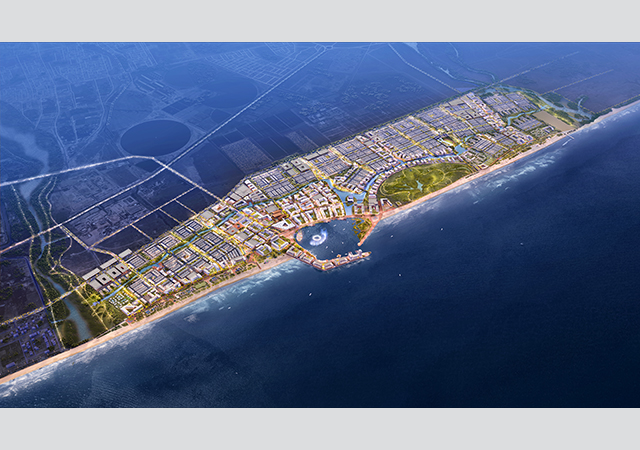


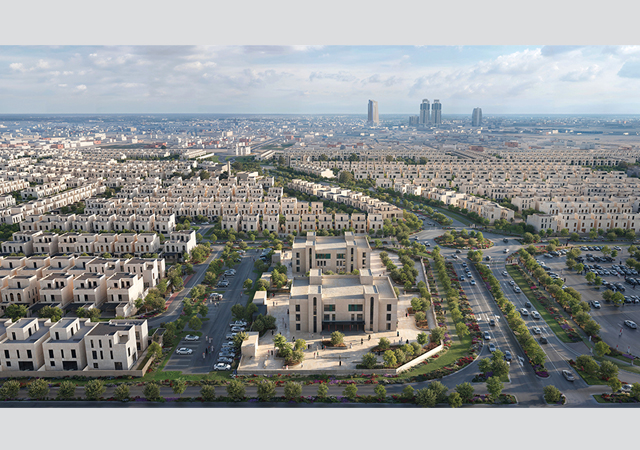
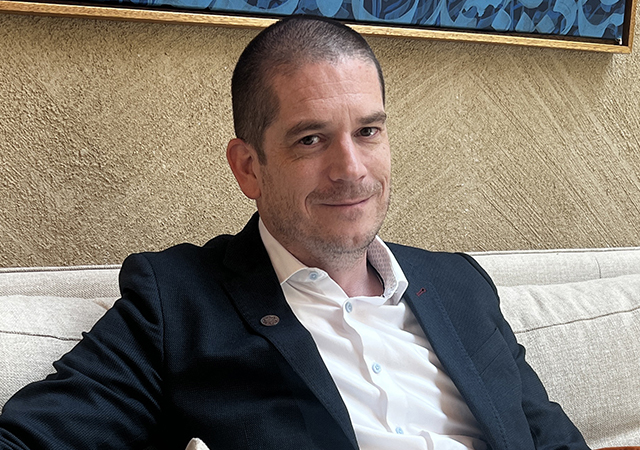


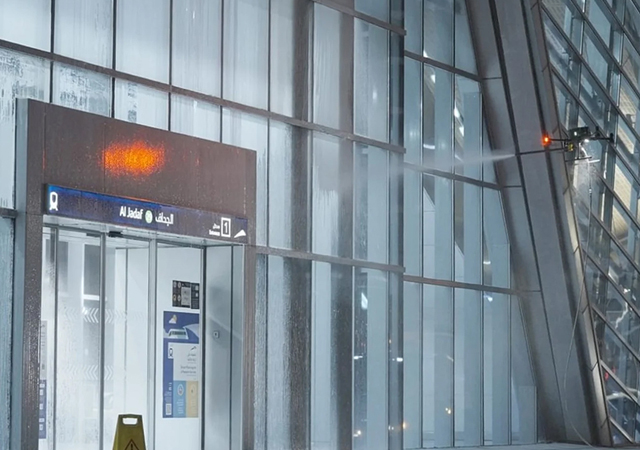
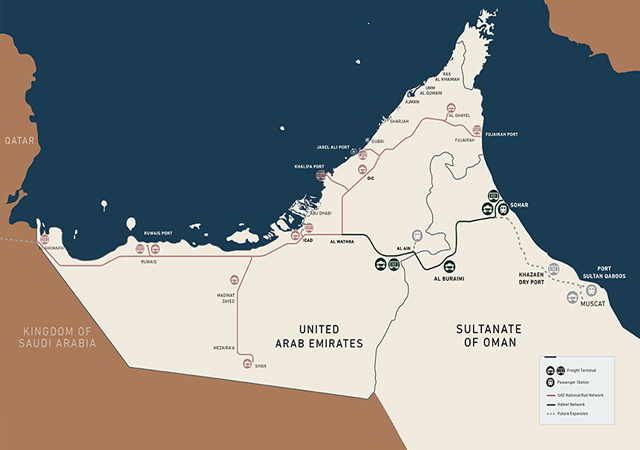
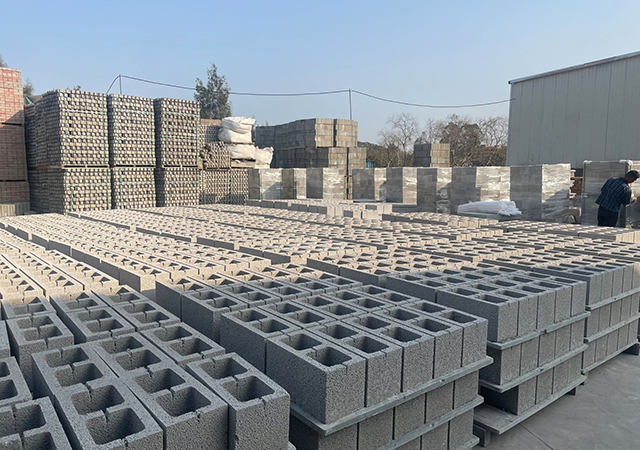


.jpg)
.jpg)
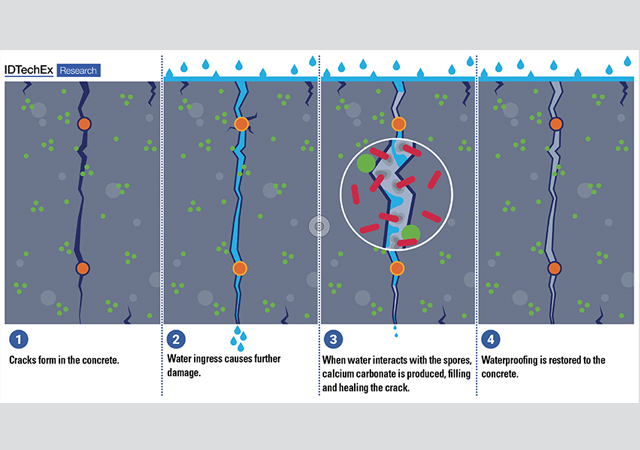
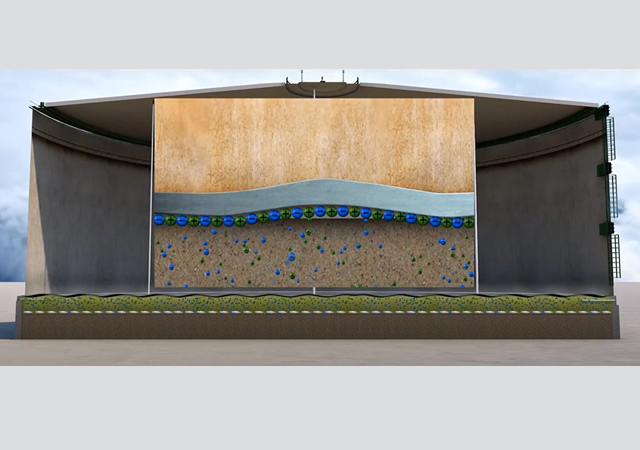
.jpg)
.jpg)
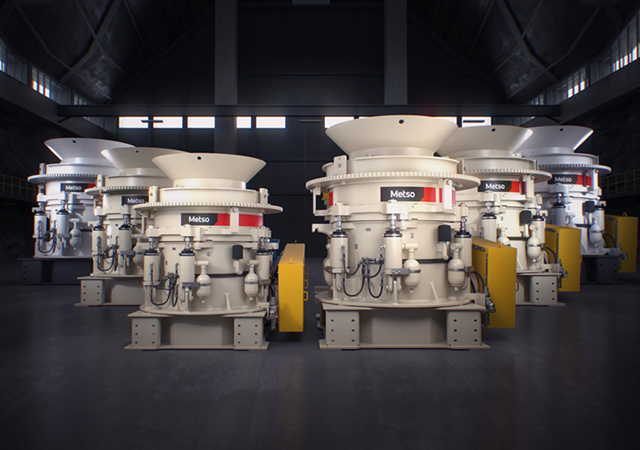
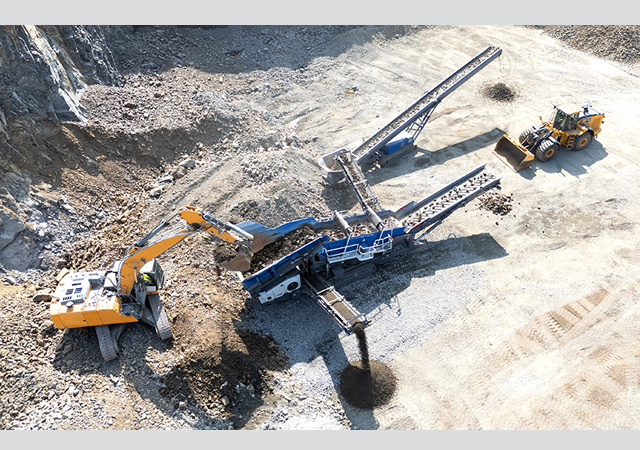
.jpg)
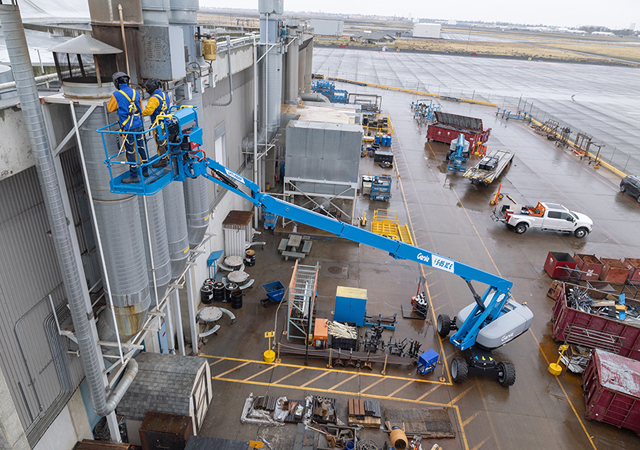

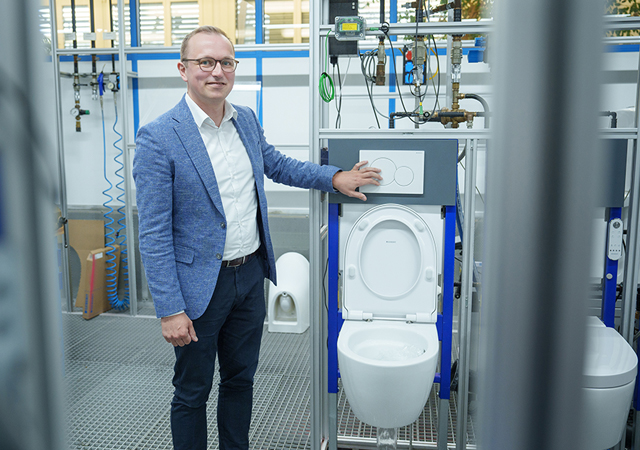

 Doka.jpg)



